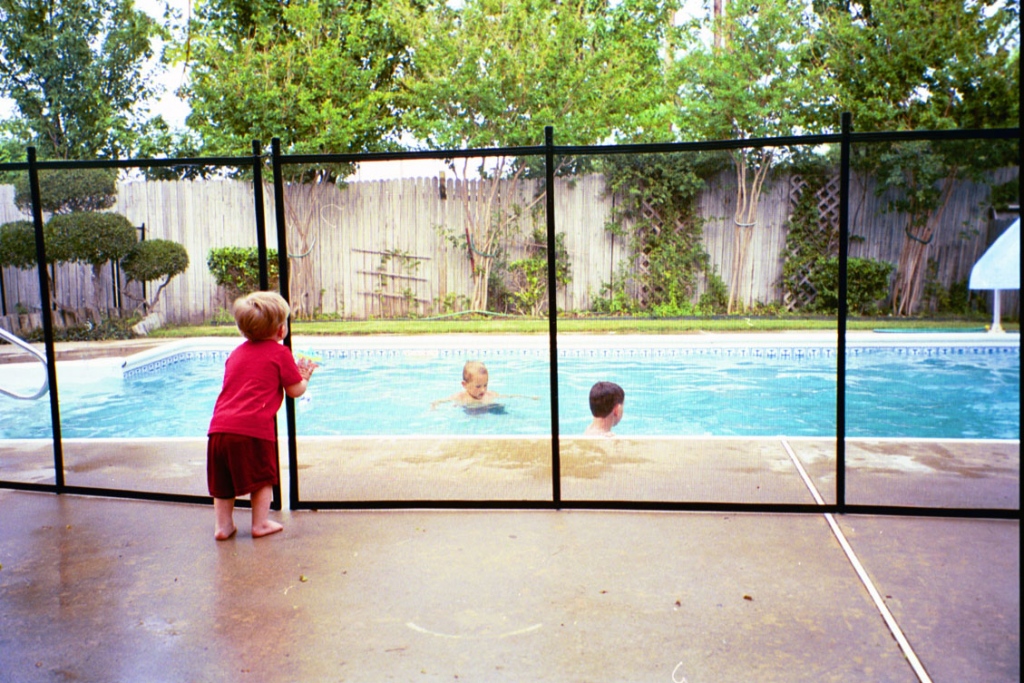If you are fortunate enough to have a swimming pool on your property, it is essential that it is properly fenced to ensure the safety of your children and any others who visit your home. Pool fencing is also a legal requirement, so failure to comply can actually result in a hefty fine (not to mention the guilt if a child were to fall into the water). In this article, we have outlined some of the requirements to keep in mind when choosing fencing for your property.
▪ All private swimming pools and spas, which can hold a depth of 300mm or more, must have an appropriate safety barrier around them. This applies to all Australian states and territories.
▪ All fencing must meet the safety requirements outlined in Australian Standard 1926 (AS:1926). More information on what this Standard entails can be obtained from your local council.
▪ Keep in mind that you will require a building permit from your local council before construction of pool fencing can commence. This will indicate that the designs meet all relevant Standards.
▪ The fencing must be at least 1.2 metres high; be strong and secure; have a self-closing, self-latching and child-resistant gate (the latch must be more than 1.2 metres above the ground).
▪ If your design features vertical bars, they must be no more than 100mm apart to prevent squeezing through. If your design features horizontal bars, they must be no more than 900mm apart.
Remember that safety fencing can only do its job if it has been used correctly. To ensure that your barrier remains effective, there are a number of guidelines that should be followed:
▪ Correct safety measures should be fitted to gates, doors and windows that can be used to access the pool area. These measures should always be kept in an excellent state of repair.
▪ The gate should be kept shut at all times to ensure that children cannot access the water without an adult. Never prop the gate open, even if you will be outside with the children.
▪ Repair or replace the safety latch if you discover that it isn’t working properly. Ensure that you keep it well maintained to avoid operation issues recurring in the future.
▪ Remove any items from around the pool area that could be used to climb over the fencing. These sorts of items could include potted plants, chairs, filters, rocks and even toys.
Remember that a neighbour’s pool could also pose a serious hazard for your children. If they don’t have appropriate pool fencing, it might be worth letting them know that they have a legal requirement to erect a barrier. Ensure that you always keep an eye on your children when they’re outdoors (so that they don’t make an unsupervised visit next door).
Even if you have appropriate pool fencing, it is essential to have pool maintenance service in regular intervals. You should keep an eye on your children at all times whilst they swim. It doesn’t take long for a child to find themselves in distress, so it is essential that you know where they are at all times and that you have explained what they should do if they find themselves in trouble. Never allow your children to swim if you are not also outside with them – watching them from the window is never enough.
